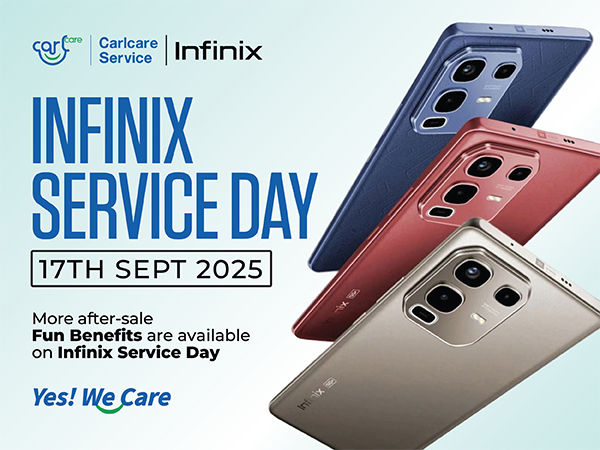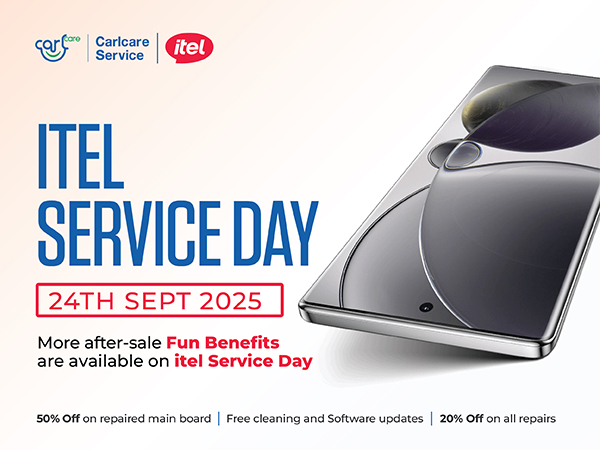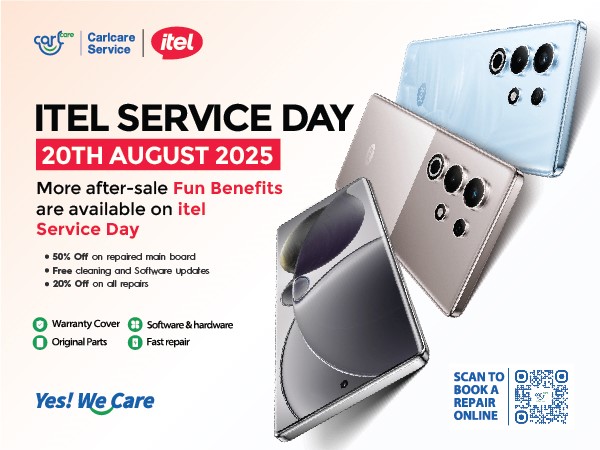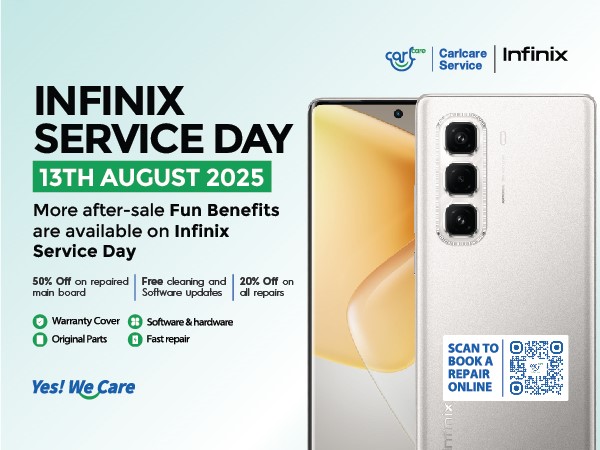Smartphones are among the most commonly used devices for everyone nowadays. We know how hard it is to use a device when the screen malfunctions. Calibrating your phone’s screen is pretty important whenever you feel an impact on the touchscreen performance. There are multiple ways how to calibrate my phone, and if the problem isn’t unfixable, these can work out for you. All tech devices upgrade with time, and with that, there are bugs that you find out about after long usage.7

Calibrate your Phone’s screen with these easy steps
As for Android devices, screen calibration falls under the hardware issue. Hardware can start fluctuating after the long usage of some parts of a device. Nowadays, this happens rarely, but if you still have those old Android phones, this problem can occur to you. That’s why if the hardware is the problem here, calibration might not rule it out, but up to some certainty, it works out for a few issues.
Does Your Touchscreen Need Calibration?
Touchscreen calibration isn’t very much needed nowadays until someone wants to change the sensitivity of their screen. Devices on the market in modern days are much better than the previous models, and they have outsmarted the issues that cause screen problems. Not only is the software upgraded, but also the hardware used in modern devices is far better.
That being said, calibration is mostly used on old devices where the screen fluctuates or causes problems. Moreover, if you are using a touchscreen guard or something that is affecting your touch performance, You can always download a calibration app for your device and adjust the sensitivity. For old devices with older hardware, calibration apps are pretty helpful for seeing a visible effect on the performance. Let’s learn more about how to calibrate my phone in some simple steps.
How to calibrate the touchscreen on your Android (for Android 5.0 and later)
It gets too hard to keep your cool when your touchscreen doesn’t react properly. Imagine touching on the Spotify application to listen to music and instead it touches your study material. Listening to your tutor instead of your favorite artist can turn off your mood right away.
We know it’s too frustrating, and that’s why we are here with these steps you can use. The Android 5.0 version doesn’t come with the same calibration feature as the 4.0. Developers thought that it wouldn’t happen in 5.0 as they upgraded the system, but alas, here we are fixing it again. Don’t worry, we have some other ways to fix that issue for you.
- Going forward, the factory settings reset option can be really helpful. Sometimes there can be a problem with the software of your device. Erasing all the data can get the software back to normal, which can turn the device back to default settings. This will prevent fluctuations on your screen since it changes the software completely and resets the screen's calibration.
- Other than a factory reset, there’s one more easy way to calibrate my phone and touchscreen. It's by installing a third-party app from the Play Store. Many developers have come forward to create apps that can resolve issues for users at home. Most of these apps are free for everyone to use. To repair your screen, follow the steps outlined below in working order –
- Go to the Google Play Store and search for the Calibration app using the terms "Touchscreen Calibration".
- Tap on the name of the app, and on the next page, click on install.
- Wait until your device downloads the application for you and ensure that you are connected to a secure internet connection.
- Open the app and do the formalities to get access to the features of the app.
- Click on "Calibrate" and the app will show you steps on how to calibrate your phone.
- A test pad will open up with multiple instructions on different types of touches to understand the problem that lies behind the screen.
- At the end of the calibration test, you will get a confirmation telling you if your screen is calibrated or not.
- This will set the screen sensitivity accordingly, and if you feel like the test was undone, relaunch the app and follow the steps from the 4th.
How to calibrate the Android touchscreen (Android 4.0 and earlier)
Most of the devices that are Android 4.0, i.e., Ice Cream Sandwich, have built-in calibration pre-installed in the settings application. The location may vary according to the devices, but most of them have it preinstalled to fix the problem on the touch screen. If you found it, here is how you can use it:
- Go to the menu of your Android smartphone.
- Move into the settings app and find the Language and Keyboard option from all the settings.
- Locate the Touch Input option from the sub-settings and click on it.
- Find the finger precision tool, and there you will find the calibration tool.
- Click on the calibration tool and follow all the steps as instructed by the tool.
These are all the steps you need to follow, and they can be fixed by following them. So, before you consider replacing your old phone just because of this, research a little. A few steps in using these helpful apps can save you a lot of bucks.
Can you calibrate a smartphone display to match any pro-color-calibrated display?
It’s been one of those questions floating everywhere on the web. Well, the reality is that you cannot set it just as it is seen on a pro-color calibrated device. But you can play with colors by using the vivid or standard option on your screen to enhance the colors. Screens are used differently on different devices, which makes it pretty hard for an Android device.
Final thoughts
The Google Play store features several apps that can help calibrate the screen, or you can also go onto XAD developers. It won't take much if there is a little issue with the screen, and if there is a major one, I would recommend you find the nearest service center. We hope you find all your answers about how to calibrate my phone with a proper fix.

















